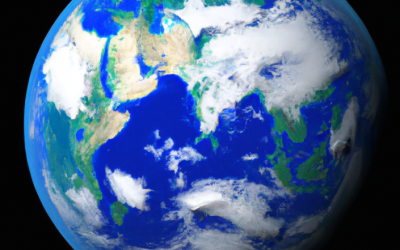From one of my email feeds from New Zealand comes this thoughtful nugget by Dr. Oliver Hartwich, Executive Director of the New Zealand Initiative, a local think tank:
Government spending has been rising for the past one and a half centuries. The increase itself is startling, but even more worrying is the composition of government spending in the developed world.
In 1870, the average government sector in Western countries accounted for little more than 10% of GDP. On the eve of World War I, this had risen to 13%. The war led to a quick jump in government spending, for obvious reasons, and by 1920 it stood at 20% (24.6% in New Zealand).
But during the interwar period, it never fell back to the previous level. In fact, the Great Depression pushed it up even higher. On the eve of World War II, it had reached 24%. Another wartime government expansion followed, which after 1945 continued as developed countries expanded their welfare states.
This was also exacerbated by the rise of Keynesian economics, which provided governments with a licence to borrow and spend their way out of trouble. Incidentally, Keynes himself once said that government should never get larger than 25% of GDP!
As a result of all these developments, on the eve of the Global Financial Crisis, in 2007, Western governments accounted for 42% of their economies on average, ranging from 35% in Australia to over 39% in New Zealand to 53% in France.
There is something systematic about government growth. It is particularly worrying how the composition of government spending over the past one and a half centuries has changed.
It is not in core government services where the bulk of government growth has occurred. Instead, government has mainly grown because of the expansion of the welfare state. At the beginning of the 20th century, social transfers as a percentage of GDP were somewhere between zero and 1.4% of GDP in the Western World. At the end of the 20th century, most developed nations redistributed between 20% and 30% of GDP through the welfare state.
Governments have expanded in times of crisis, and they have done so to meet the public’s growing expectations of social services.
In effect, government growth is really the growth of the redistributive state. It’s the state that robs Peter to pay Paul – and often it also robs Peter to pay, well, Peter.
The great French economist Frédéric Bastiat put this very elegantly: ‘Government is the great fiction, through which everybody endeavours to live at the expense of everybody else.’


